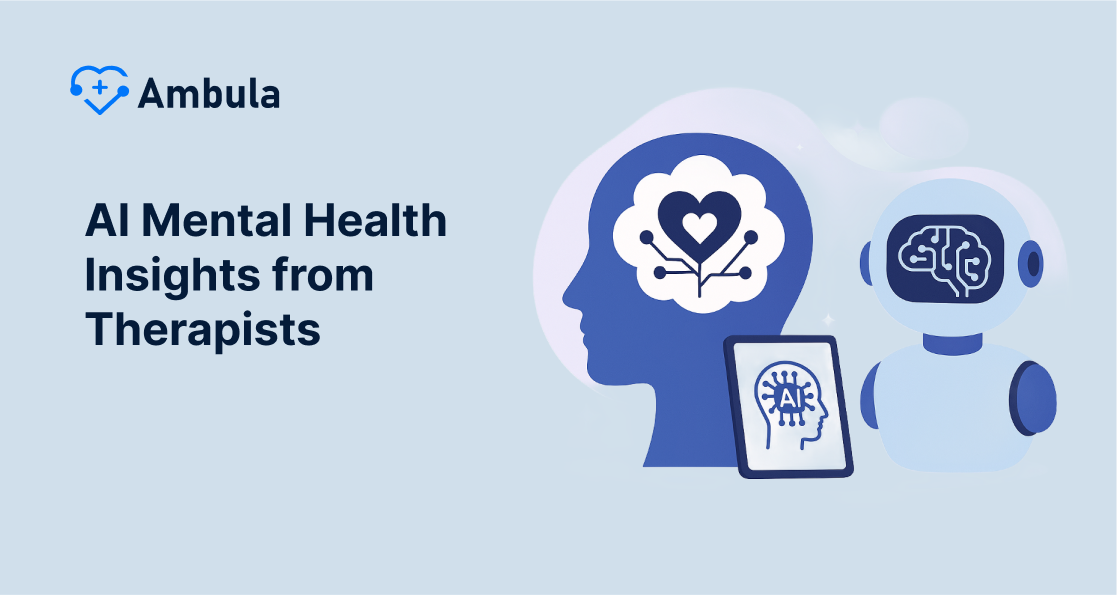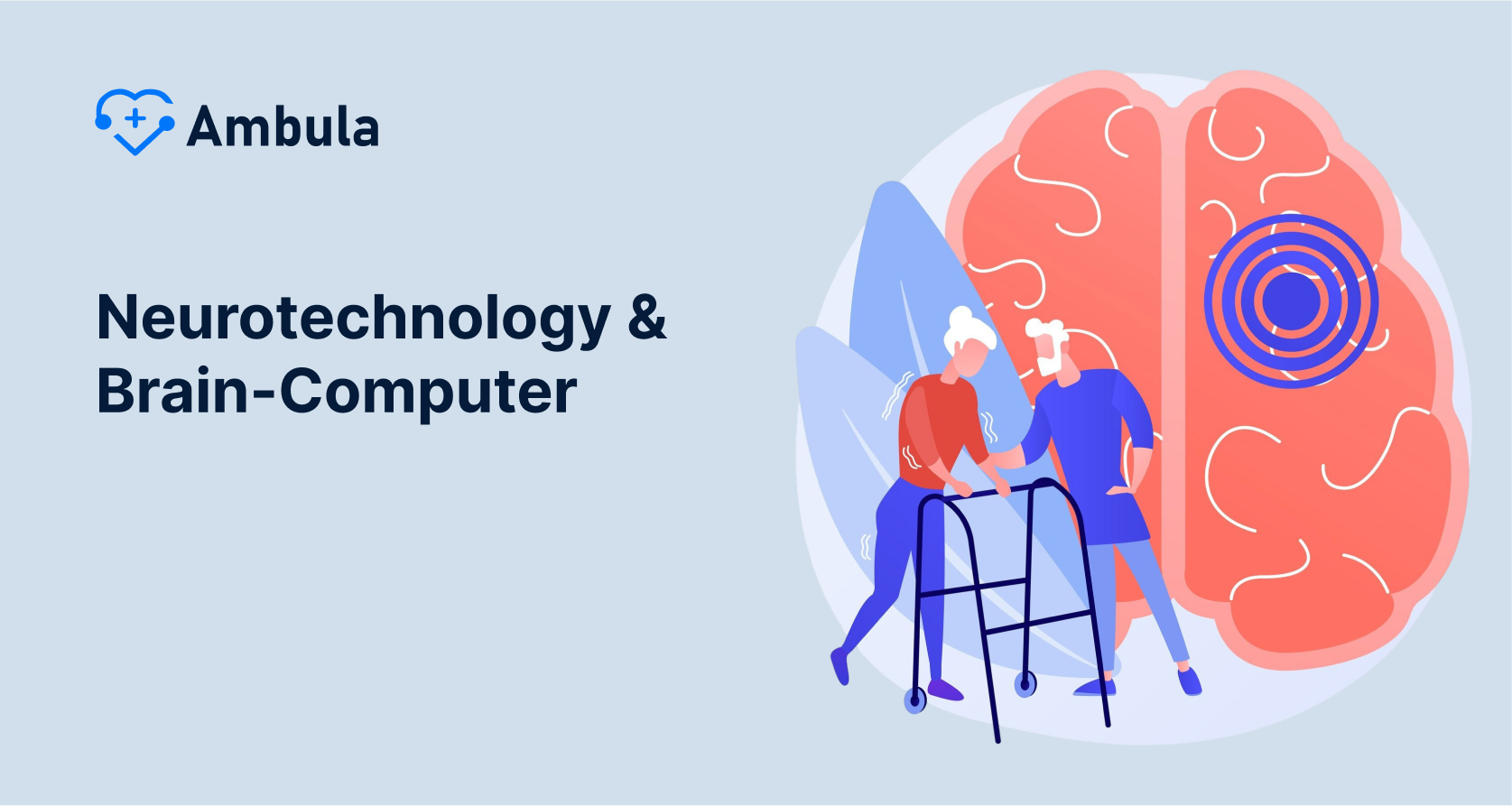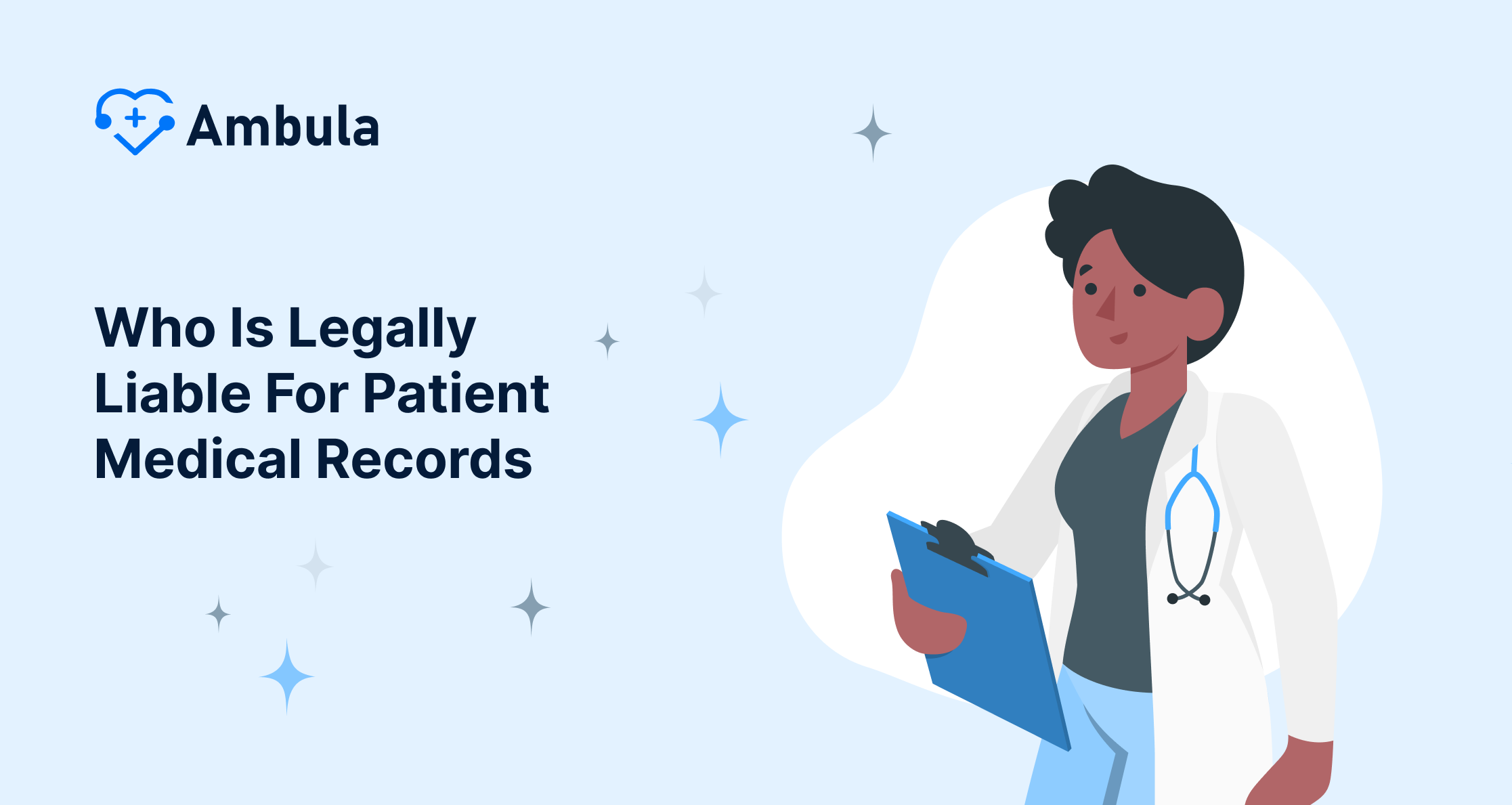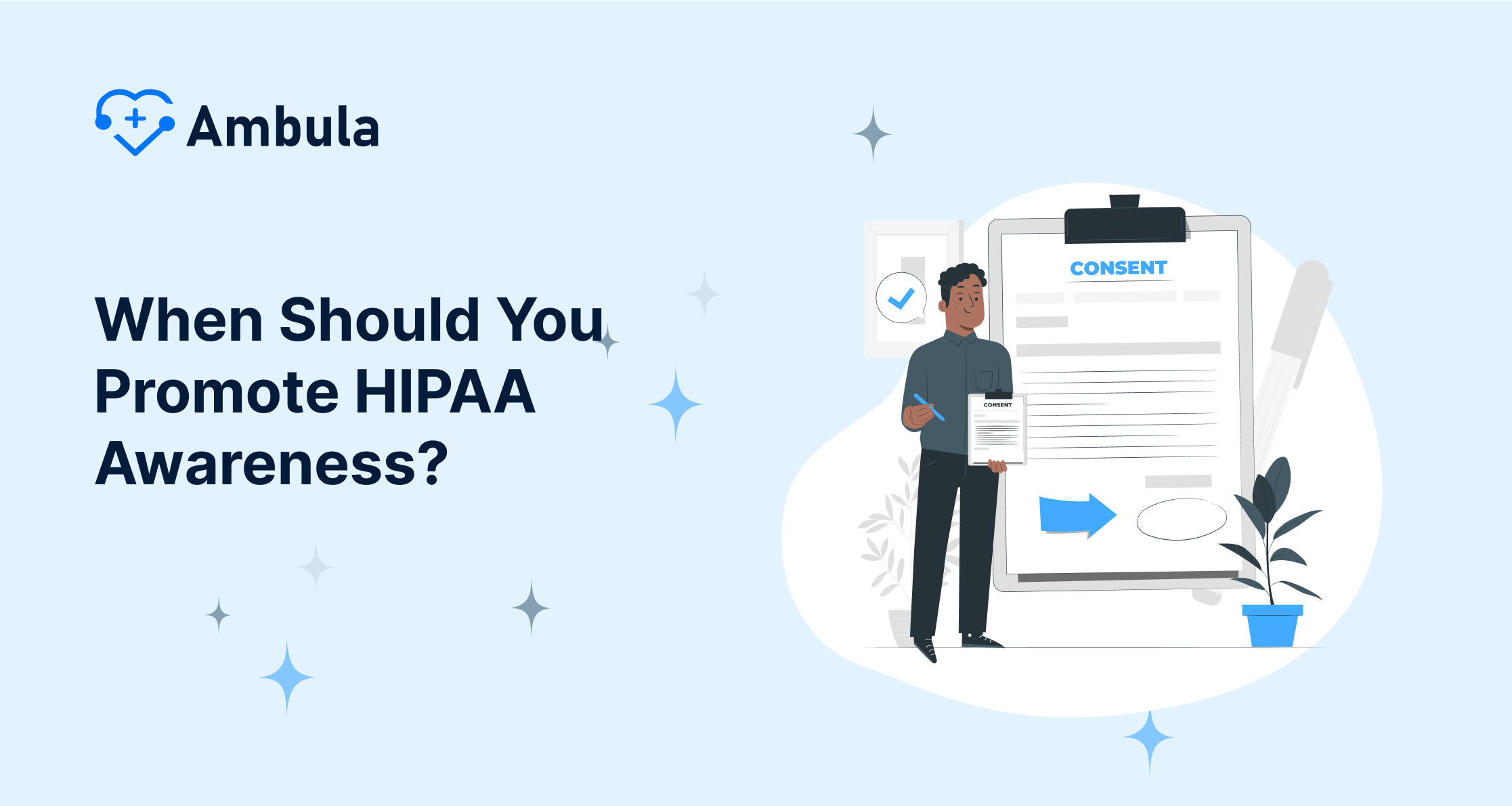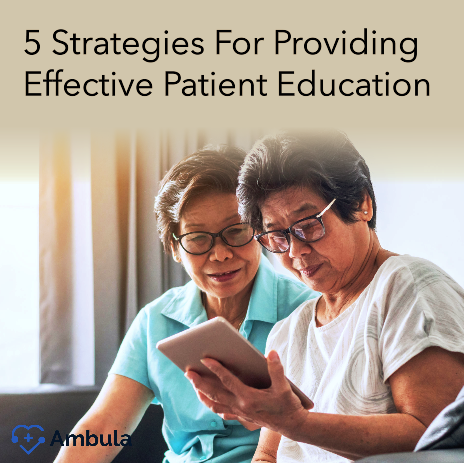
The complex nature of healthcare makes it vital for effective patient education to be at the forefront. Knowledge is power, and patients equipped with a robust understanding of their health condition and treatment plans are more likely to actively participate in managing their health and adhere to recommended medical procedures. Not only is the content critical but how this information is provided also plays a significant role in a patient’s healthcare journey. Let’s explore and unpack five key strategies to elevate patient education: using an individualized approach, simple language, visual aids, reinforcement, and fostering patient engagement and empowerment.
Strategy 1 – Individualized Approach
A one-size-fits-all approach might work for some things, but patient education certainly isn’t one of them. Each patient comes with a unique medical background and personal circumstances that impact how they approach their well-being. Consequently, personalizing your mode of patient education becomes key. Tailoring our patient education to match their specific knowledge requirements, fears, and attitudes toward their treatment can increase understanding and engender trust.
Understanding a patient’s background, cultural and language differences, and individual goals is crucial. Consider a young, tech-savvy patient; digital communication might be most effective for them. In contrast, an older patient less comfortable with technology may require a more conventional, paper-based approach. Remember, adopting a holistic perspective can significantly impact effective patient education.
Strategy 2 – Use of Simple and Clear Language
If anyone has ever tried to read a medical article filled with medical jargon, you know it feels like reading a foreign language. Consequently, using simple and clear language is essential in patient education. Our job as healthcare professionals is to distill complex medical concepts into easy-to-understand nuggets of information.
But it’s not just about doing away with complicated terminology; it’s also about making sure our language is culturally sensitive and mirrors our patients’ literacy levels. Steer clear of industry jargon and use analogies and straightforward language to explain the patient’s condition and treatment options. But this strategy isn’t just about simplifying language; it’s about ensuring that our words resonate with the patient and empower them to take control of their health.
Strategy 3 – Incorporating Visual Aids
Getting information across to the patient is one thing. Ensuring they comprehend it fully is another. This is where incorporating visual aids becomes an essential part of patient education. Studies have shown that people remember only 10% of what they hear but recall 50% of what they see. By offering visual representations of the information, from diagrams and photos to infographics and videos, healthcare providers can significantly enhance patient understanding.
Further, visual aids can help explain complicated concepts and provide a reference point for patients long after the conversation is over. Also, it is widely known that each of us has a unique learning style. Incorporating visuals can accompany verbal explanations and cater to patients who are visual learners. As we individualize our teaching approach, we need to diversify our educational tools to cover all learning styles.
Strategy 4 – Reinforcing Information
Even the most comprehensive explanation can be forgotten or misunderstood. Hence, reinforcing information regularly is critical. This can happen during follow-up appointments where key points discussed previously can be reiterated or expounded in more detail. Additionally, written materials summarizing the key details, websites, or patient portals can be used for patients to revisit the information at their convenience.
Remember that reinforcement by repetition aids memory retention and understanding. By making this a part of your patient education strategy, you ensure patients have several opportunities to absorb and digest the information provided. Whatever the method, the goal remains: providing the information as often as necessary until the patient feels comfortable and confident with their knowledge.
Strategy 5 – Emphasizing Patient Engagement and Empowerment
Ultimately, patient education aims to empower the patient to take an active role in their healthcare journeys. Patient engagement refers to the extent to which patients are involved in their care, and studies have shown that engaged, informed patients are more likely to achieve better health outcomes. Providing patients with information about their health conditions and treatment options allows them to make informed decisions about their health.
Whether through shared decision-making or self-management education, ensuring patients play an active role in their care helps foster a sense of responsibility and ownership over their health. Instead of being a passive recipient of care, the patient becomes an active participant, enhancing their commitment to follow through with agreed-upon health behaviors and treatments.
Conclusion
Navigating the path toward effective patient education may seem complex, but it can be achieved with surprising ease with the right strategies. By focusing on individualized teaching, using simple, clear language visual aids, reinforcing the information, and promoting patient engagement and empowerment, healthcare professionals can make pivotal strides toward empowering patients with the knowledge they need to manage their health effectively.
Remember that the importance of patient education cannot be understated, not only for patients’ health but for the broader healthcare system’s efficiency. So, let’s take the journey towards better patient education – together, we can make a difference, one patient at a time!

